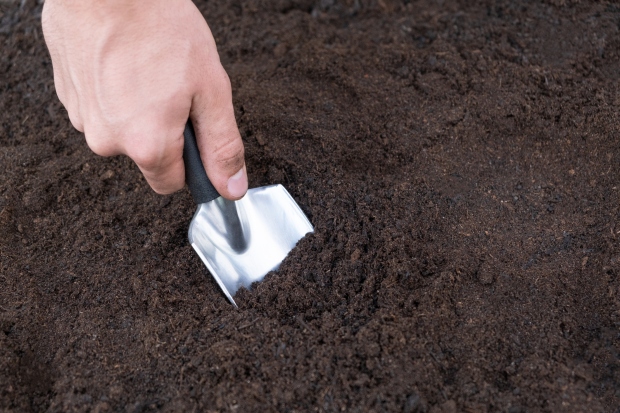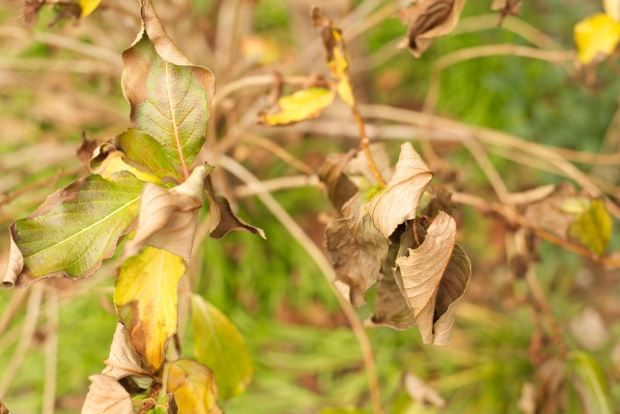Watering Trees
Many trees don’t need watering at all once they are established. Ideally, your tree will be suitable to the amount of rainfall in the area and will only need watering during especially hot and dry periods.
When Do Trees Need to Be Watered?
Newly planted trees will need to be watered regularly until their roots are established. They should be watered roughly on this schedule, depending on rainfall and temperatures in the area at the time:
- Water daily for the first one to two weeks
- Decrease to watering every two to three days for the next 10 weeks
- After three months, water once per week
Be sure to water deeply each time, for 15-20 minutes, to be sure that the developing roots receive enough water.

Established trees shouldn’t need water except if the weather is especially hot and dry. If the forecast is outside of the typical climate for your region, use one or more of the methods below to monitor your trees, and water them as necessary.
How Can I Tell if My Tree Needs Water?
The best way to determine if your tree needs water is to test the soil. If you get to the symptoms of underwatering listed below, your tree is already starting to be stressed. That’s why it’s a good idea to monitor precipitation and heat so you can anticipate your tree’s needs.
The first way to test the soil is to penetrate the soil near the base of the tree with a strong, thin object (traditionally an 8-inch screwdriver, but any similarly shaped object will work). If it is difficult or impossible to insert all the way, your soil is too dry and should be watered.
You can also dig about 5 to 7 inches in the soil below your tree and check the moisture level. Soil at that level should feel cool and moist to the touch. If it is dry and crumbly, your tree needs to be watered.

Symptoms of Overwatering and Underwatering Trees
These symptoms will show up in your tree if something has gone wrong with your watering — either too much or too little water over time.
Underwatering
Not enough water will cause the tree to develop curled and wilting leaves. The leaves may also develop brown edges and leaf tips as the part of the plant farthest from the water source dries out. The browning will continue toward the center of the plant if the problem isn’t remedied. You may also see groups of yellowing and undersized leaves in certain areas of the plant. If combined with intense sunlight, an underwatered tree might develop leaf scorch.

Overwatering
Too much water in the soil can cause a tree to develop root rot and/or grow fungus. This prevents the tree from taking up water and nutrients from the soil. Symptoms of overwatering include wilted and yellowing leaves, which usually feel soft and may be fragile. Note that an overwatered tree may not display any leaf discoloration, making it difficult to diagnose. That’s why monitoring the soil to make sure it is draining well and not getting waterlogged is the best way to avoid overwatering trees.